CategoryUniversity Efforts

Thinking about Design on the Southern Island
At first glance, Okinawa’s location, the most remote from the center of Japan, may seem disadvantageous as an environment for studying design. However, we consider our unique subtropical climate, the only one of its kind in Japan, to be a geographical advantage and actively conduct research to find clues to solving social problems. For example, while learning the basics and applications of design extensively, we may include materials rooted in the local community as part of the curriculum to develop human resources to contribute to the local community. The “Design Planning” and “Development of Local Specialties” at the end of the second year are one such initiative. The students research […]
Read More2022.3.29

Efforts to Create a City as a Place for Experimental Presentations
The area around Yokogawa Station, the second station west of Hiroshima Station on the Sanyo Main Line, is home to many students at Hiroshima City University because of its easy access to the university. The area used to be one of Hiroshima’s leading manufacturing towns and is very proactive in its understanding of art and design. As a result of the many supportive activities for young artists in the past, we have decided to design the interior of the residence (AIR Hiroshima) for artists to stay for a short period of time to create and present their works and to work on the graphic work for the north-south free passageway […]
Read More2022.3.29
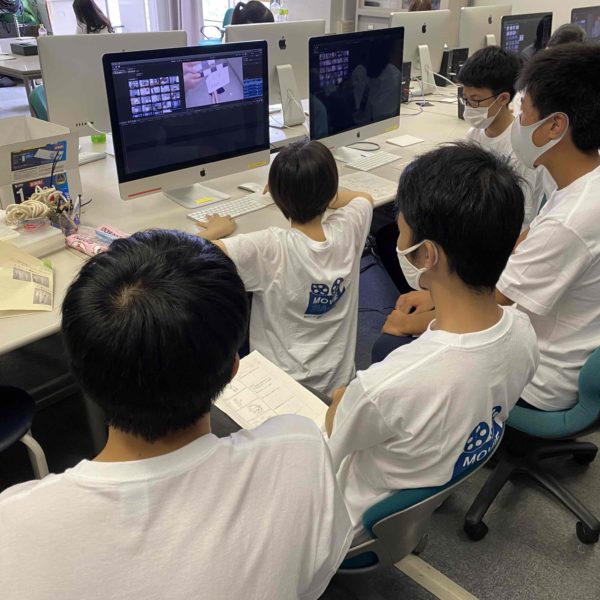
The Graduate School of Design and Architecture offered high school students the opportunity to experience video production as part of Nagoya City University’s “Grade Skip Challenge,” a high school-university collaboration project. This project is a summer workshop in which high school students receive guidance from teachers and university students on the entire process of modern video production, from story conception and scenario creation to shooting, editing, and adjusting the finished file. We are proud that we were able to provide more knowledge and wisdom to the high school students than just a visit to a laboratory. They learned how to use professional equipment and witnessed a wide range of creative […]
Read More2022.3.29

Design Education and Research Activities that Contribute to Shizuoka Prefecture
As universities are expected to contribute to the local community, our university has responded to requests from local governments and companies in the prefecture for community collaboration activities that lead to design education and research. The following are the three main types of activities. (1) Commissioned from local governments in the prefecture As a public university, our university has strong ties with Shizuoka Prefecture and municipalities in the prefecture. We have many opportunities to receive various design commissions for architecture, landscape design, and graphic design. When commissioned, our graduate students play a central role in designing and producing the following projects, serving as practical education. 《Main examples》 Shizuoka Prefecture, […]
Read More2022.3.29
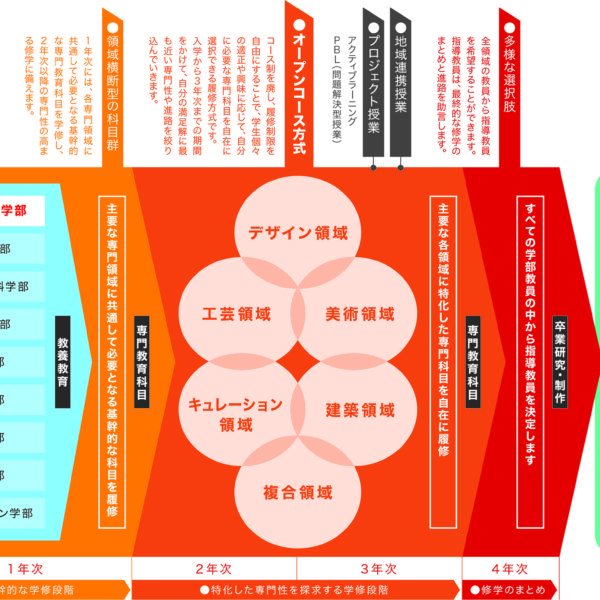
Towards Fully Integrated Education Freed from the Course System
For the reasons mentioned in the previous section, the School of Art and Design at the University of Toyama has long been experimenting with integrated education to cross various educational fields related to art and culture by designing a system that facilitates the participation of students with different backgrounds, enriching core subjects commonly required for specialized fields, and a system in which students can choose a supervisor from all the faculty members for graduation research and production. However, it could not be denied that the course system, which is a typical (i.e., normal) university education system, and the sense of mutual non-interference in other specialized fields that the system inevitably […]
Read More2022.3.29
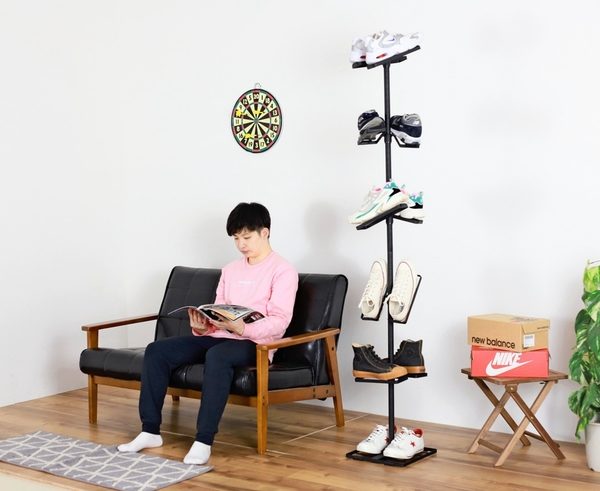
Social Cooperation During Coronavirus Pandemic
Our university has established the Center for Regional Collaboration as a contact point for regional and social collaboration. We received requests from local companies and municipalities to the university for solutions to various problems that are divided into three categories: 1) “Design Research and Development Commissioned Projects”, in which faculty members take the initiative in handling their own research and design projects; 2) “Regional Collaboration Exercises”, for undergraduate students as class projects; and 3) “Regional Special Project Exercises”, for graduate students. The “Regional Collaboration Exercises” was launched in 2014 and is open to students in their second year of undergraduate studies or above who wish to participate. The content of […]
Read More2022.3.29

How to Share Inconveniences Online?
Chiba University’s Design Course stopped sending and receiving students after the workshop we co-hosted with Seoul National University in January 2020. Some people were optimistic that the coronavirus pandemic would be over in about half a year and that we would resume the same activities as last year. In the discussions with faculty members from other universities, we were motivated to turn the situation into an opportunity. Hence, in June, we decided to hold an online workshop in September. Since then, we have held several international online workshops despite the ongoing coronavirus pandemic. As an example, we would like to introduce the online workshop conducted by the “Plant Environment Innovation […]
Read More2022.3.29
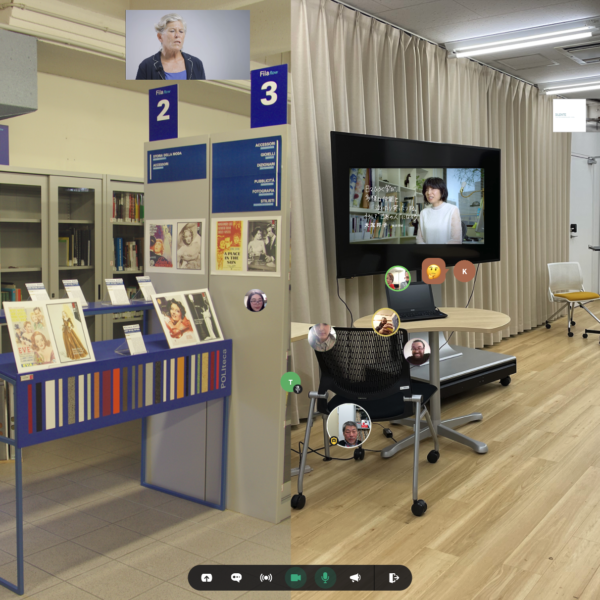
International Exchanges During COVID-19
The University of Tsukuba’s Bachelor’s Program in Design (DPD) has implemented an educational strategy promotion project for the fiscal year 2020: “Building a Foundation for International Research and Education Collaboration in Creativity (IRACI) and Realizing an International Joint Degree Program”. The following three objectives are the strategic research and education program (IRACI: International Research Alliance for Creativity and Innovation) for learning and applying creativity. 1. To conduct an International Creativity Research Festival to build an international collaborative organization for creativity research and to realize a double degree/joint degree program. 2. To introduce a VR conferencing system that allows many people to gather virtually in one place, share their experiences, and […]
Read More2022.3.29
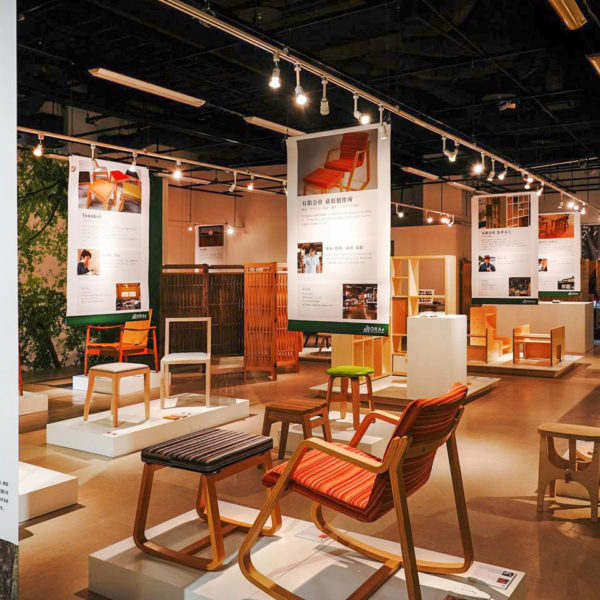
The Search for a Sustainable Regional Cycle Linking Education and Industry
Based on the founding principle of “leveraging and developing Akita’s traditions and culture”, the University has been developing local brands and promoting local industries in Akita Prefecture through practical projects. From the fiscal year 2019, we have conducted “ORAe Project”, aiming to build a new collaboration system between the University and industry that goes beyond individual projects. This Project is a collective of woodworking businesses scattered throughout Akita Prefecture. It aims to be a platform that contributes to the development of the woodworking industry and to the nurturing of its future leaders. This Project will connect veteran and young businesses that have had little interaction with each other, and promote […]
Read More2022.3.29
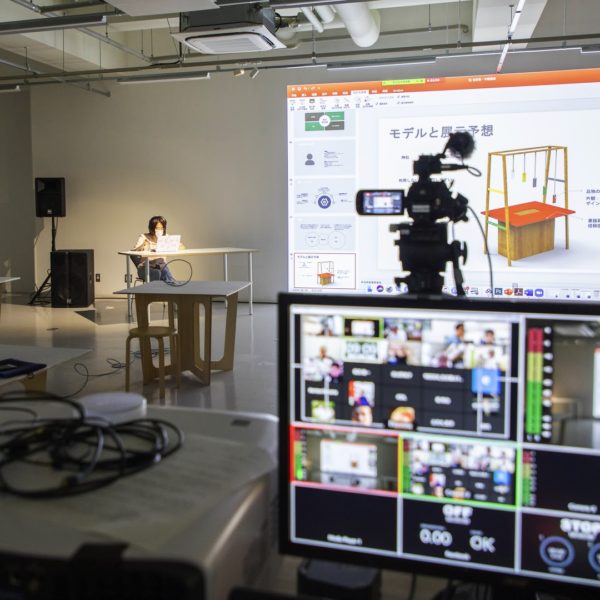
Our Thoughts on the Coronavirus Pandemic
Akita University of Art started the 2020 school year with the genuine question of how to proceed with education and research during the ongoing Coronavirus (COVID-19) pandemic: how to look at the pandemic beyond the purely negative light of the current moment, and view it from a more neutral perspective, as a phenomenon which has been repeating throughout history. How have humans behaved in the face of biological and environmental change? And what are the implications of Akita University of Art’s efforts? This may sound a bit dramatic, but what kind of ingenuity can be achieved by looking at the social situation we are facing now as a point on […]
Read More2021.7.5
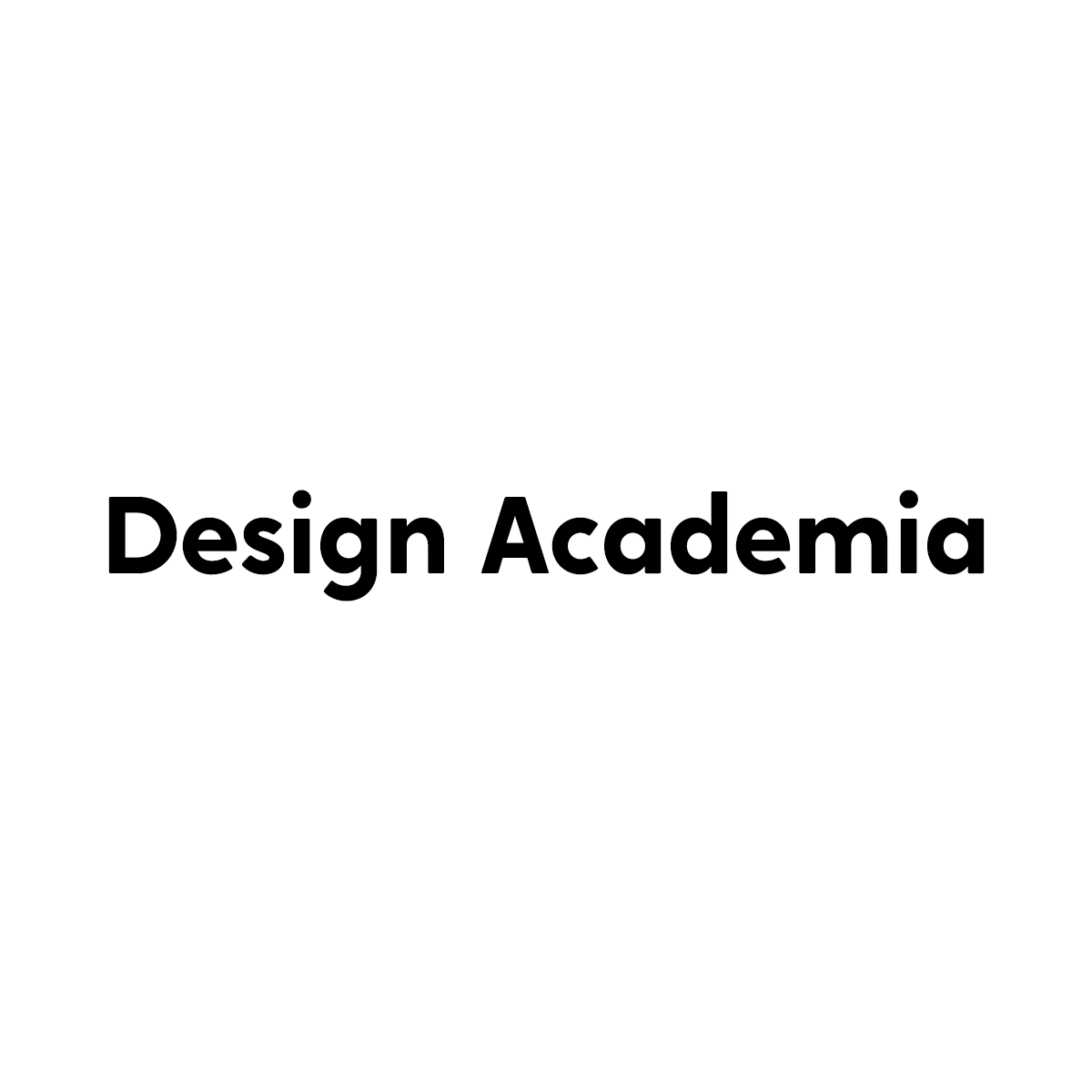
Support for Distance Learning and Management of New Degree Programs at the University of Tsukuba
The University of Tsukuba launched the New Coronavirus Infectious Disease Risk Response Team in January 2020 and compiled countermeasures for large-scale gatherings at the end of February. As a result, the decision was made to review the graduation ceremony’s operation method and cancel the entrance ceremony. A parallel task force was established to deal with the new semester. The task force discussed how to operate the educational organization from April onward, especially at what stage to start the new semester and how students and faculty members should respond to non-face-to-face classes. Since the university-wide comprehensive contract for Microsoft Office 365 was already in operation, we decided to use Microsoft Teams […]
Read More2021.7.5
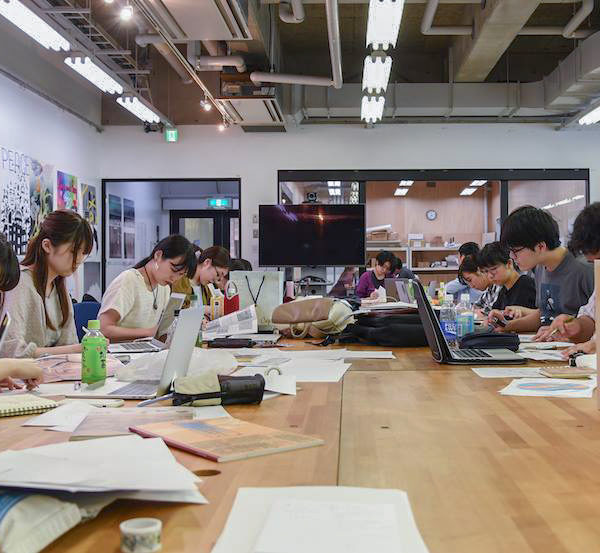
Fundamentals of Modeling and Creative Activities and Expressions
The Department of Design and Applied Arts of Faculty of Arts in Hiroshima City University aims to conduct comprehensive education and research on art and craft related to society and life. We develop students with a fundamental skill in modeling expression and thereafter, they choose a specialization. There are 7 specializations: Visual Communication Design, Product Design, Digital Media, Metal Design, Textiles, Lacquer Arts and Contemporary Art and Theory. We aim to foster individuals that are flexible, creative and expressive that can contribute to improving society and shaping a new era. Annual Chart ●University-wide Common Subjects ●Foreign Language Subjects ●Qualification Subjects — In the first year, students acquire a wide range of […]
Read More2021.7.3
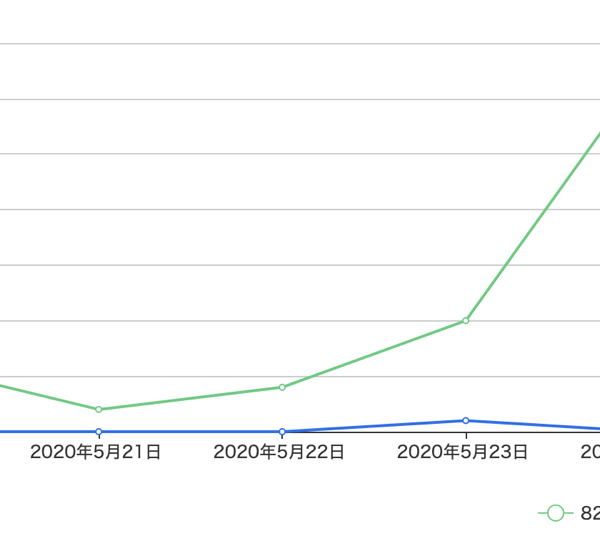
COVID-19 and "Humanization of Technology"
Behind the “humanization of technology” as the founding philosophy of the Kyushu Institute of Design is an urgent need for the appropriate use of science and technology for the realization of people’s well-being in order to solve the various social problems associated with the rapid economic growth. Today, fifty years later, we are facing serious social issues brought about by a pandemic, and the important task is to overcome these difficulties and restore human life through “humanization of technology”. How did Kyushu University Faculty of Design Respond? Due to the impact of COVID-19, which has been spreading since the beginning of 2020, Kyushu University has decided to conduct all classes […]
Read More2021.7.2

Approaches to Distance Learning in Product Design
At Chiba University, the start of classes was delayed to May 7 as a university-wide policy to prevent the spread of the new coronavirus. In addition, because some students may not have sufficient communication and computer environments, the university has instructed that classes not to be held in a simultaneous interactive format but held in an on-demand format, with audio and video materials uploaded in advance to the university’s class support system for students to view at their convenience. In response, the faculty members in charge, including part-time lecturers, had a discussion and concluded that while we should not abandon students who are not ready for the environment, we should […]
Read More2021.7.2

The Challenge of Covid-19 in the Department of Industrial Art
Due to the impact of Covid-19, which started in the latter half of February 2020, the seminars for each laboratory were the first to carry out online in a timely manner. At the Department of Industrial Arts (IA), faculty members and current students were already communicating with each other using iawiki (a wiki-style departmental information aggregation website, hereafter “wiki”) and Slack. Therefore, we decided to promote information sharing by thoroughly utilizing wiki and Slack at Corona College. On the other hand, to communicate information to new students, we prepared and mailed a separate form for students to register for the wiki and Slack. As a result, most new students could […]
Read More2021.7.2
